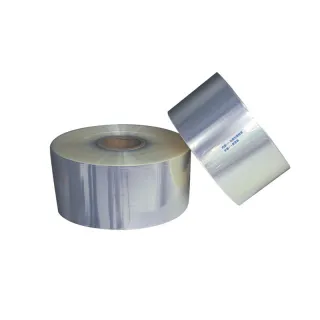Does anti-fog film work?
Navigating foggy surfaces, whether eyeglasses, mirrors, or face shields, can be a frustrating experience. Anti-fog film emerges as a potential solution, promising to keep these surfaces clear. But does it really work?
1. Understanding the Science:How Anti-Fog Film Works
Anti-fog films typically consist of hydrophilic agents that alter the surface tension of water droplets.
This alteration prevents water from forming into visible droplets, dispersing it into a thin, uniform film that doesn't obstruct vision.
2. Application on Eyewear:Clarity for Glasses Wearers
For eyeglasses, anti-fog film provides a hydrophilic layer that minimizes condensation.
This is particularly beneficial when transitioning from cold to warm environments.
3. Usage on Mirrors and Windows:Enhancing Visibility in Various Settings
Anti-fog film finds applications in bathroom mirrors and car windows.
The hydrophilic coating prevents fogging, ensuring clear visibility even in humid conditions.
4. Face Shields and Goggles:Combatting Fog in Protective Gear
Recommended article:Distinguishing Between Tacky and Non-Tacky Transfer Papers
In the realm of personal protective equipment (PPE), anti-fog film is often applied to face shields and goggles.
This helps frontline workers, athletes, and individuals in various activities maintain a clear line of sight.
5. Limitations and Maintenance:Factors to Consider
While anti-fog film is effective, it may have limitations in extremely humid or cold conditions.
Regular cleaning and proper maintenance are essential for sustained effectiveness.
6. Choosing the Right Product:Considerations for Consumers
When selecting anti-fog film, factors like durability, ease of application, and the specific surface it's designed for should be considered.
Reading reviews and seeking recommendations can guide consumers to the most effective products.
7. DIY vs. Commercial Solutions:Pros and Cons
Some individuals opt for DIY anti-fog solutions, but these may not provide the same long-lasting effects as commercial films.
Commercially available products are engineered for sustained performance.
Anti-fog film, with its hydrophilic technology, proves to be a valuable solution in preventing foggy surfaces. Whether on eyeglasses, mirrors, or face shields, the science behind these films enhances visibility and improves the overall experience for users. While not without limitations, choosing the right product and understanding its application can significantly mitigate the inconvenience of foggy conditions.





